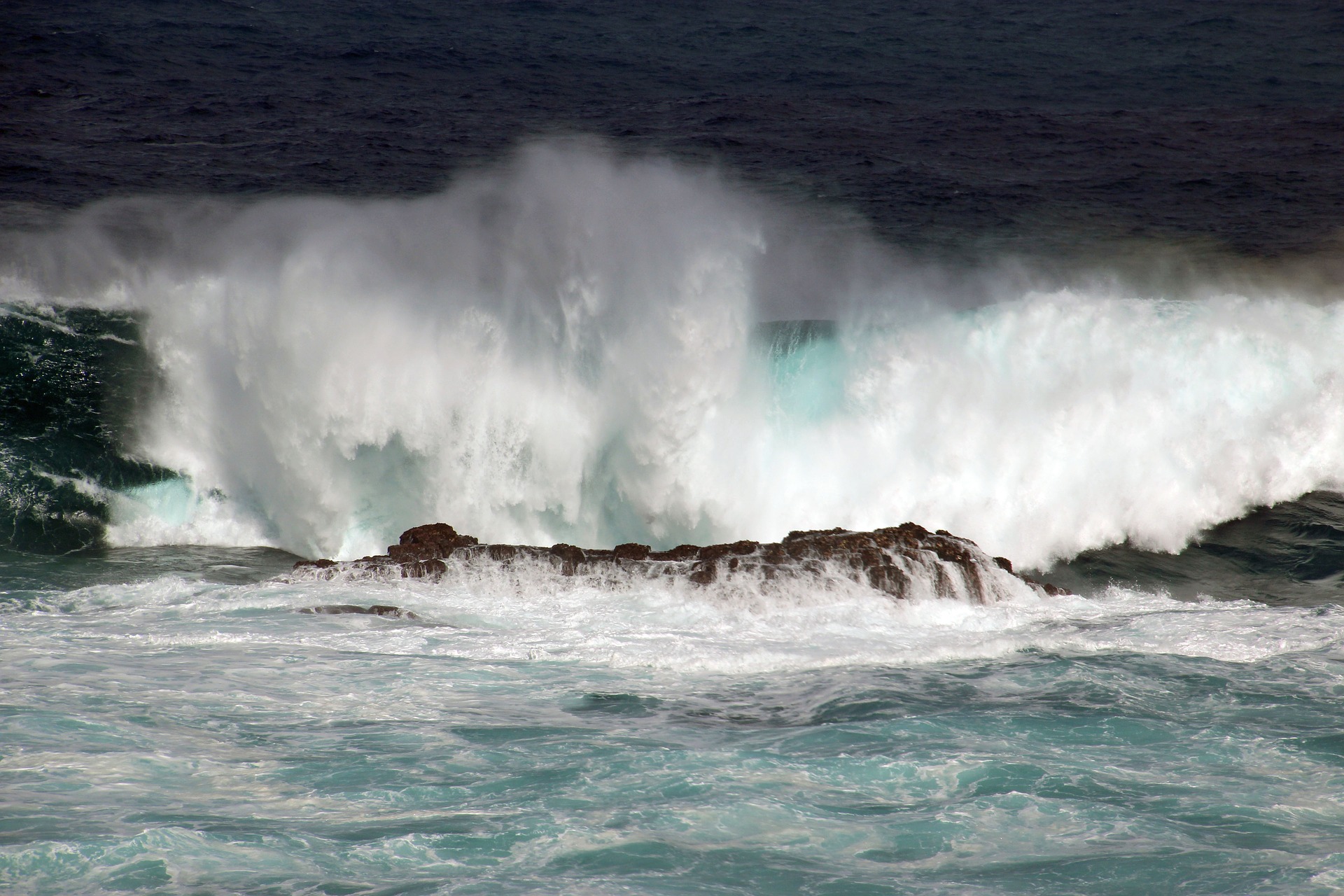2022 roared into Hawaii under a “Kona low” weather system that darkened skies (and lit them up with lightning) and caused severe flooding in multiple areas throughout the state. For days. But sunny skies have returned, the winds have calmed, and the Aloha State is again enjoying perfect “beach weather”. This is great news for visitors. It’s also cause for concern for Ocean Safety officials across the state.
The big wave season on Oahu’s North Shore is well underway, as massive open ocean swells meet their end by crashing just yards from the shore along many popular beaches. This creates dangerous, even deadly conditions for beach and ocean-goers of all abilities. It’s a busy time of year for Ocean Safety lifeguards on the North Shore during any Hawaiian winter.
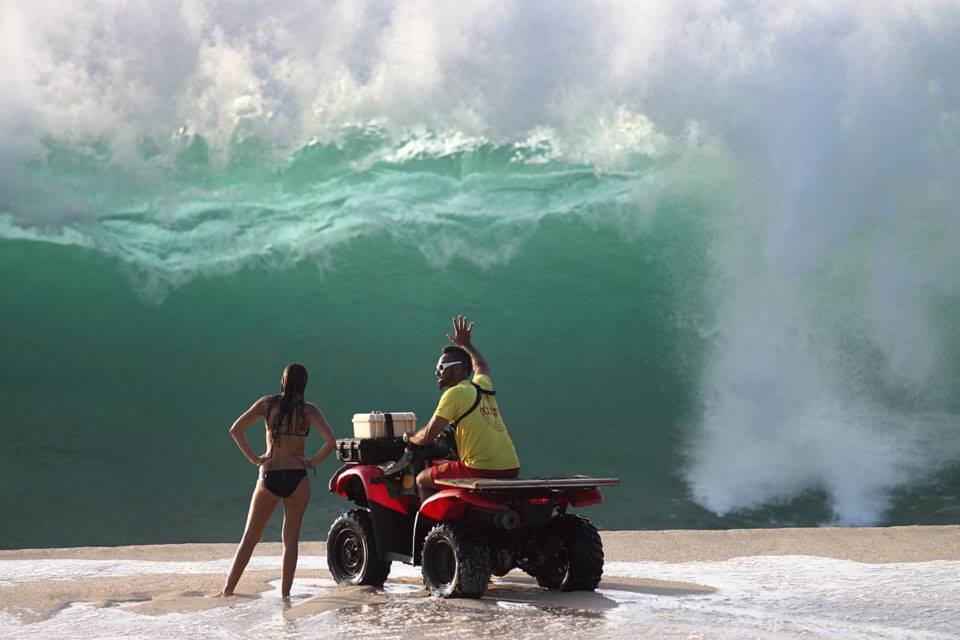
The Covid-19 pandemic continues to affect Hawaii’s labor force, Ocean Safety lifeguards included. Some lifeguard stations have been shuttered due to staffing issues being experienced “across the board”. Some lifeguards have contracted the virus, been exposed, or in are quarantine. Many are caring for family members and children affected by the virus.
With understaffing causing grave concern among ocean safety officials around the state, this is a good time to remind our readers about some simple ocean safety tips to keep in mind during a trip to the beach, wherever it might be.
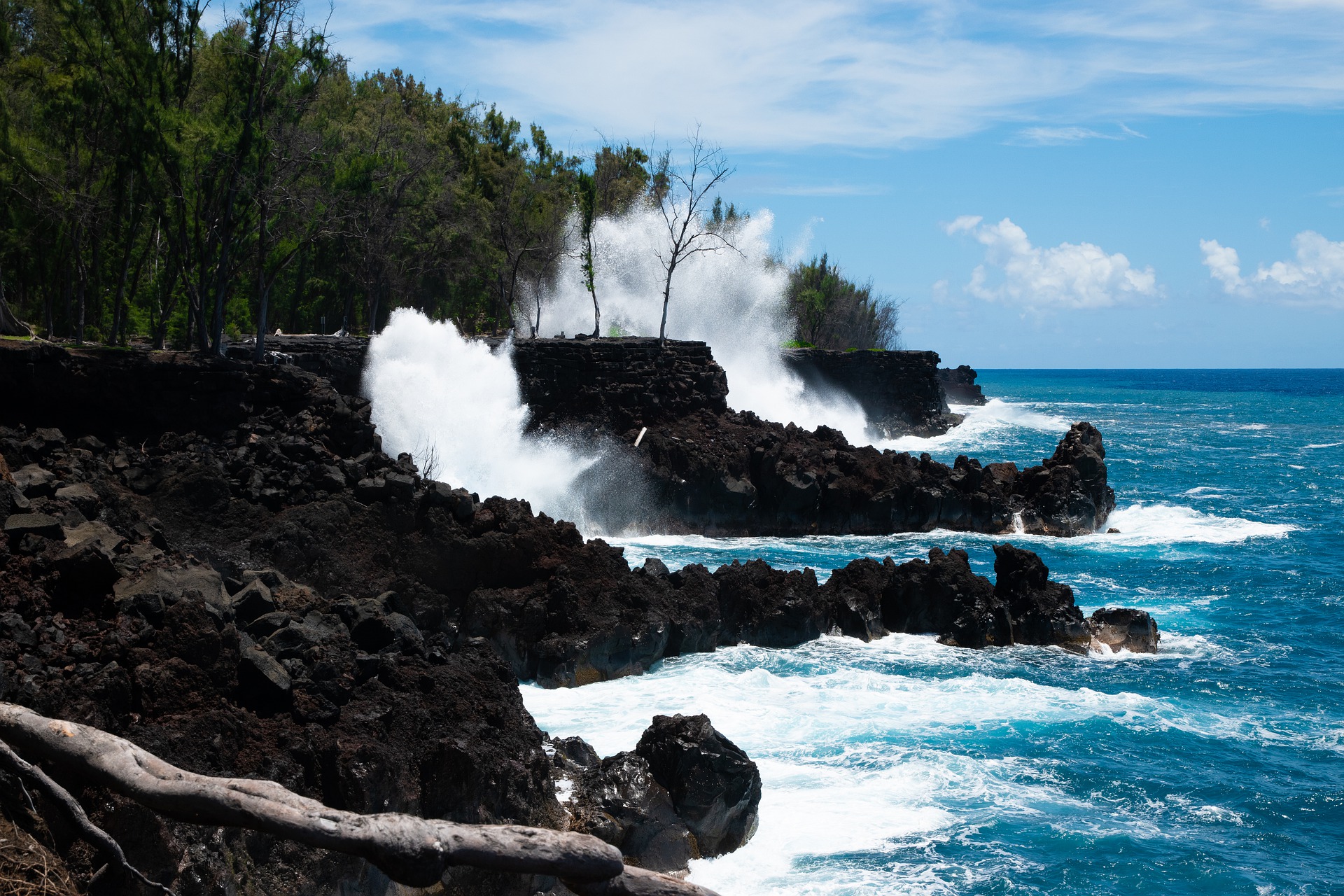
Of course, we recommend going to beaches with lifeguards on duty, and to speak with them about current ocean conditions before taking the plunge. But with understaffing being a real possibilty, a couple of seemingly “no-brainer” tips will help keep you and your family safer at the beach.
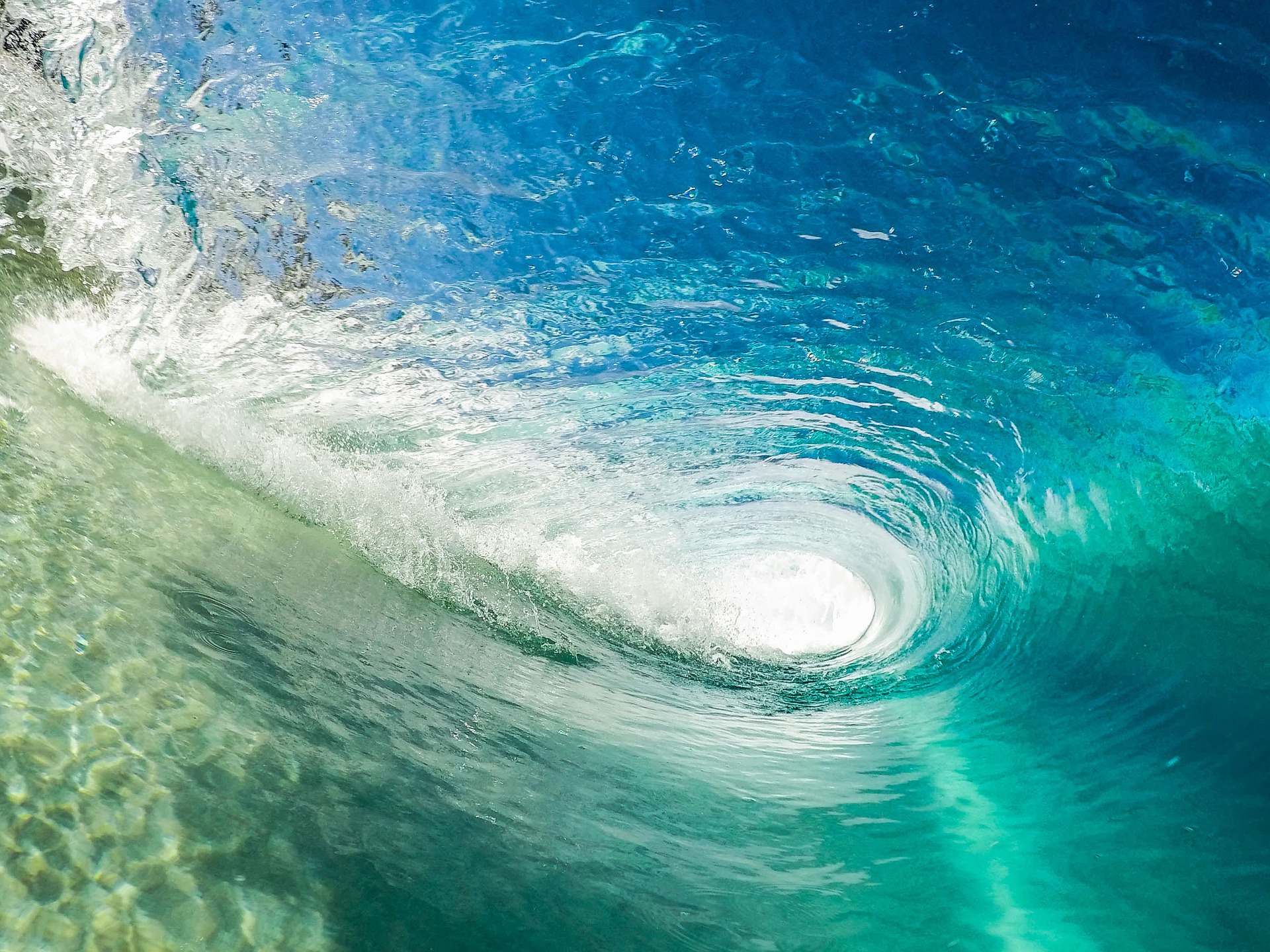
The first is the cardinal rule of Never Turn Your Back on the Ocean. There are countless viral videos circulating on the internet of hapless beachgoers doing just that, only to be snatched up by a rogue wave and dragged out to sea. It happens, all the time. So, don’t.
Second is the rule of Stay Off of Wet Sand and Rocks in an Active Tidal or Surf Zone. The reason for this is simple: the ocean has risen to at least that point and is more than likely to surpass it, and soon. Unless you are actively entering or exiting the water, it’s safest to avoid the tideline. There must be a million tales of beach bags and smartphones swallowed up by a sea that was calm only moments before. There are tales, thankfully fewer, of people being swept out to sea. Sadly, some of those stories do not have happy endings.
The third rule of thumb at the beach is to Swim Parallel to Shore to Get Out of a Rip Current. Rip currents are tidal and surf currents that rush out to sea perpendicular to the shore. People’s first instinct when caught in a rip current is to get back to shore. It’s a frightening experience. But rip currents are longer than they are wide, for the most part. The quickest way to escape one is to swim out of it, not into it. Above all, stay calm.
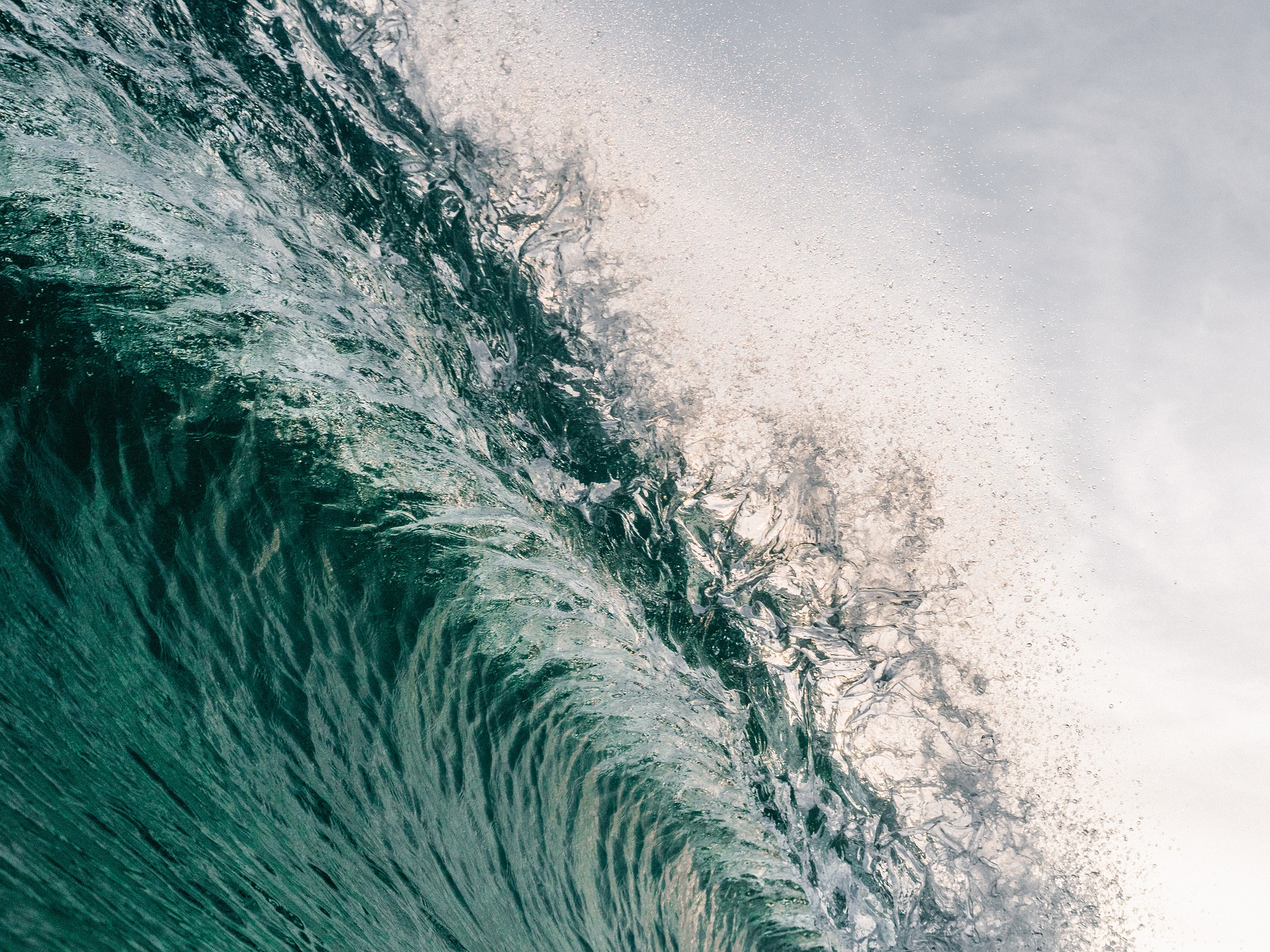
With Ocean Safety officials and lifeguards faced with staffing shortages, being an educated and mindful beachgoer eases their burden. And if that lifeguard tower is shuttered, common sense precautions can save your life (and your smartphone).

